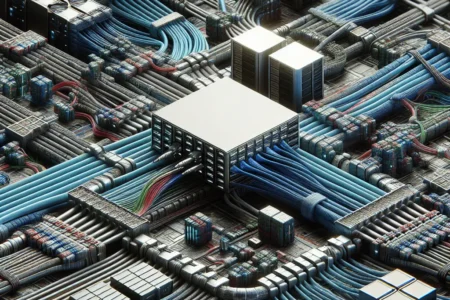The article delves into the importance of implementing data center cooling strategies, optimizing virtualization techniques for energy-efficient cloud computing, and integrating renewable energy sources in grid computing infrastructures to enhance overall energy efficiency. It emphasizes the critical role of cooling systems in data centers and highlights innovative techniques such as hot and cold aisle containment, liquid cooling, and airflow optimization as effective means to reduce energy consumption and carbon footprint. Furthermore, the article underscores how virtualization techniques can help minimize energy usage in cloud environments through workload consolidation and dynamic power management. It also stresses the significance of integrating renewable energy sources to mitigate the environmental impact of computing facilities. By addressing these key areas, organizations stand to achieve substantial cost savings and environmental benefits, making it imperative for readers to delve into the full article for comprehensive insights.




